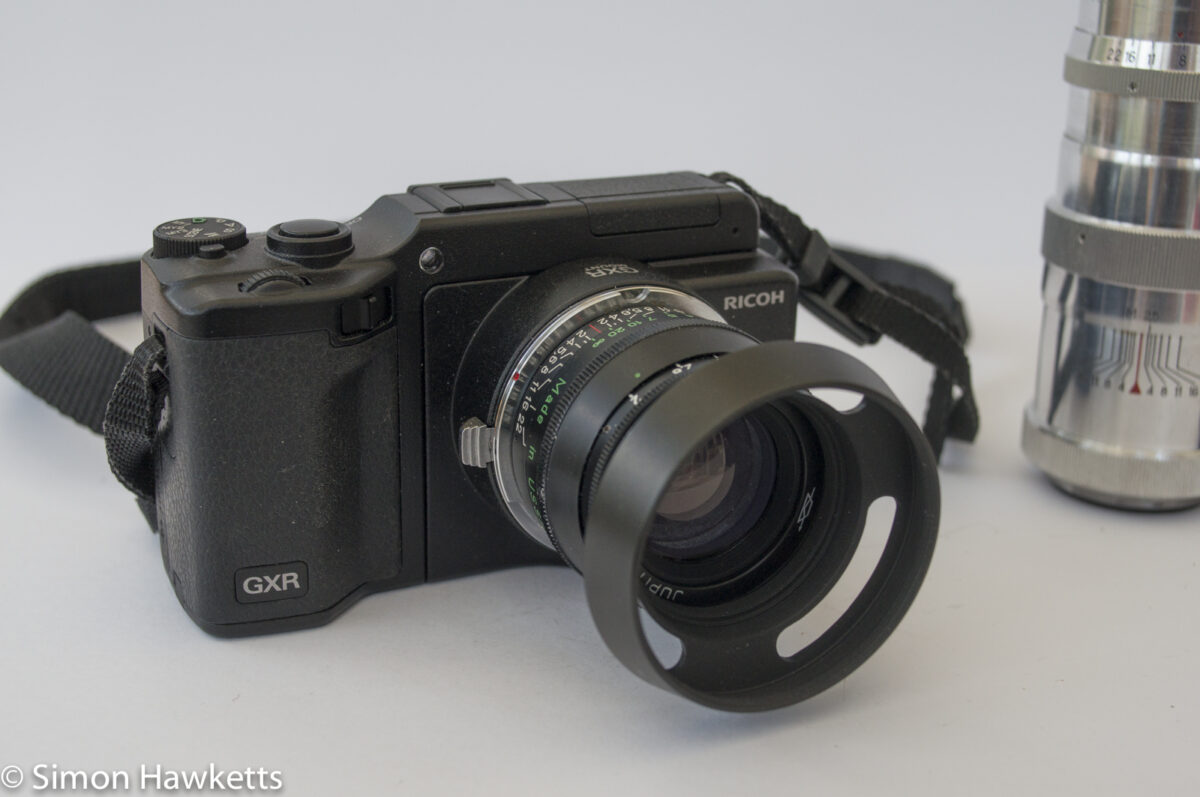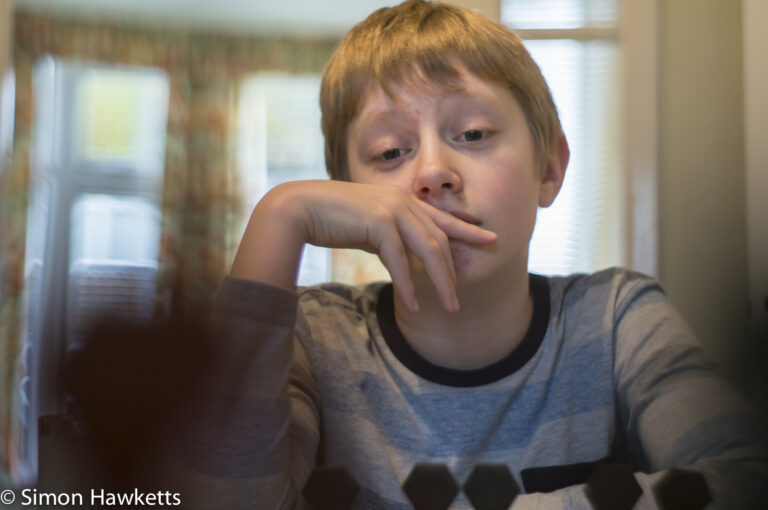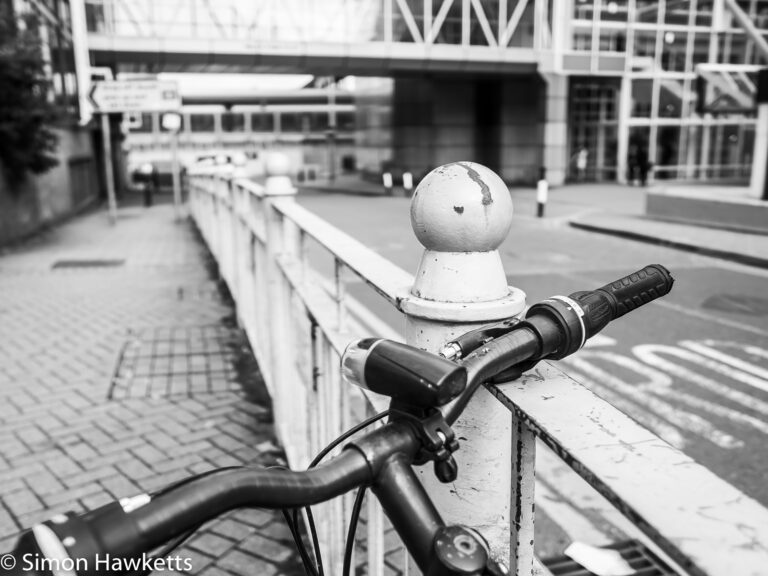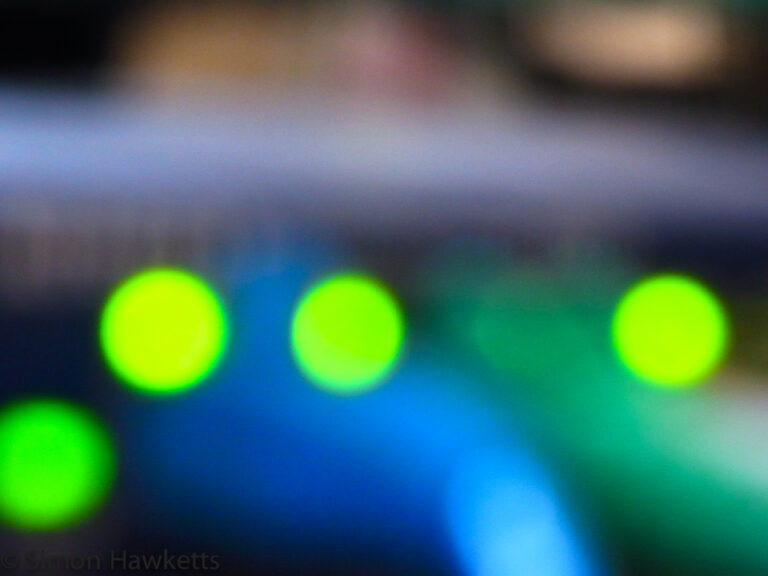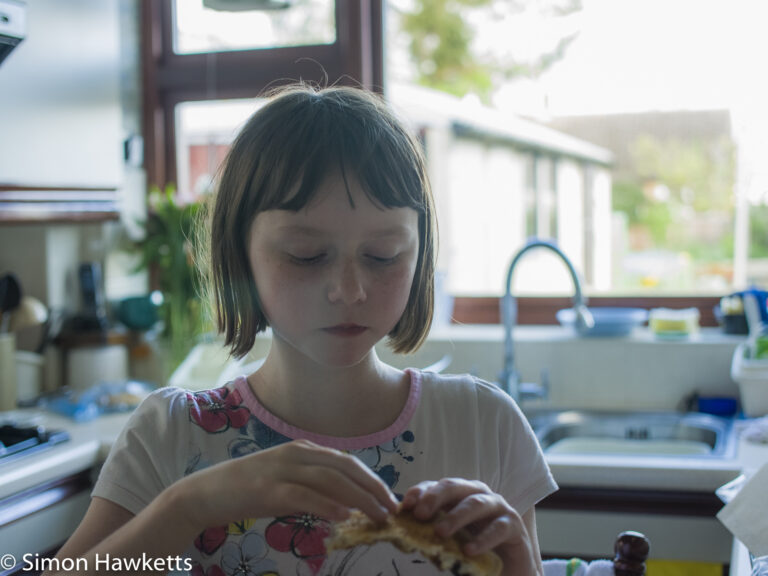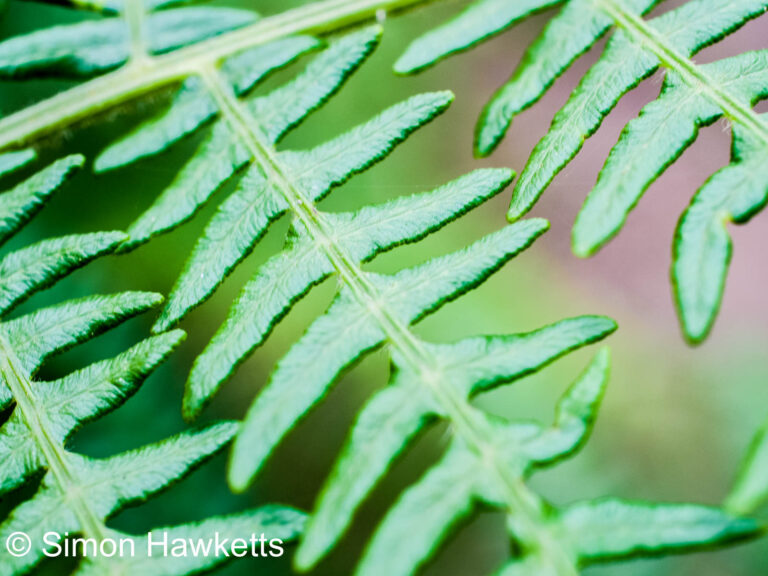Ricoh GXR A12 Mount first impressions
I posted a while ago about discovering new lens units for my Ricoh GXR camera from a site in China. Well, I found that the same supplier also had the Ricoh GXR A12 Leica mount sensor unit for a very good price and so I decided to get that as well.
Ricoh GXR A12 images
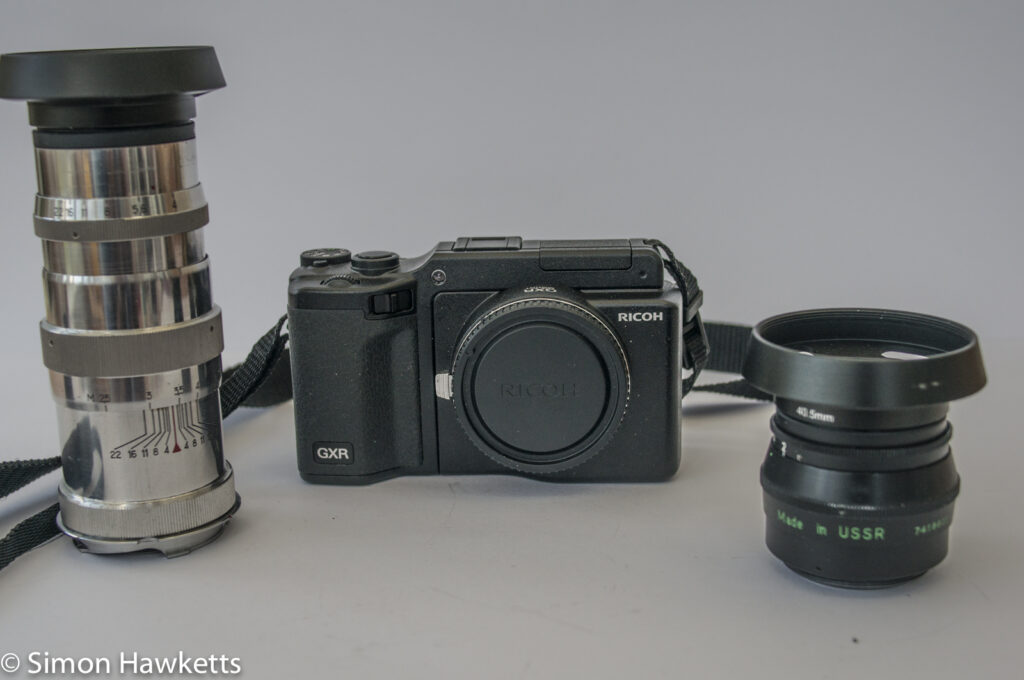
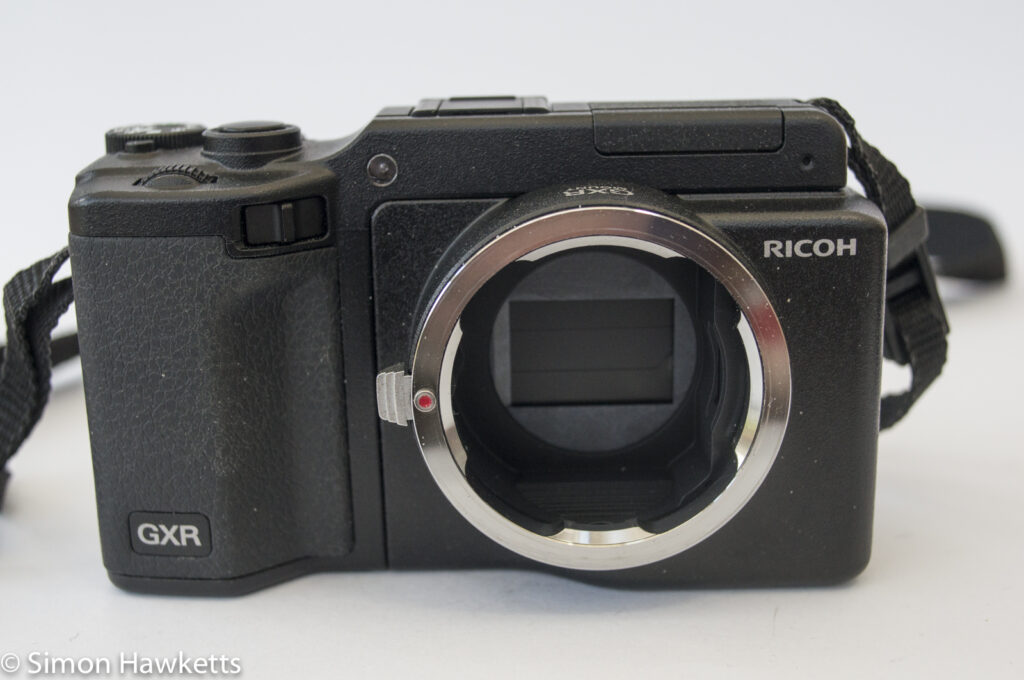
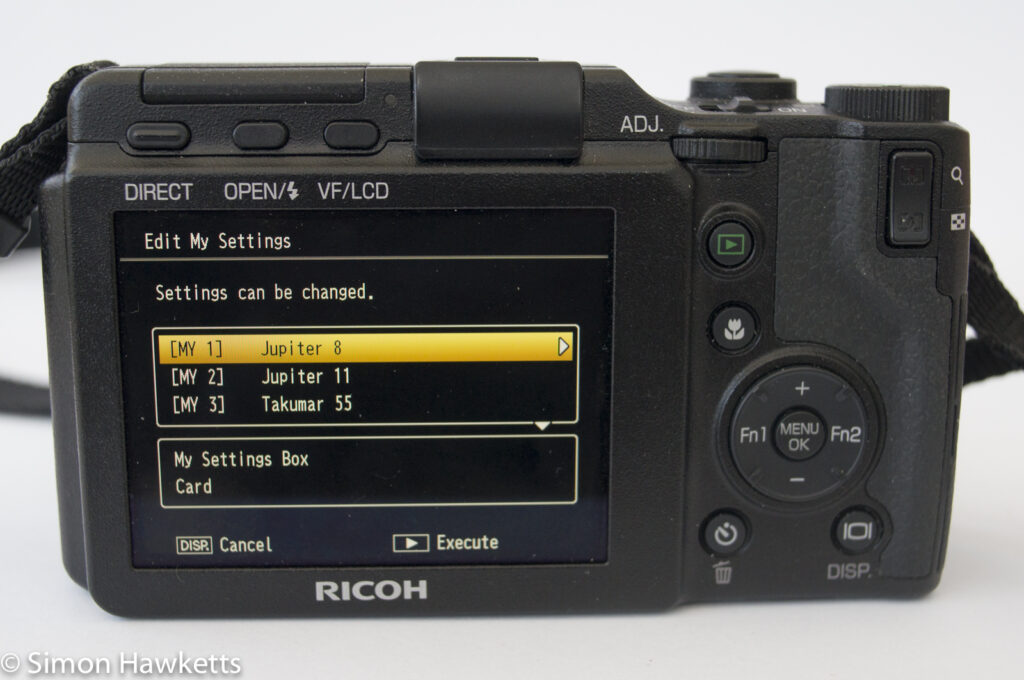
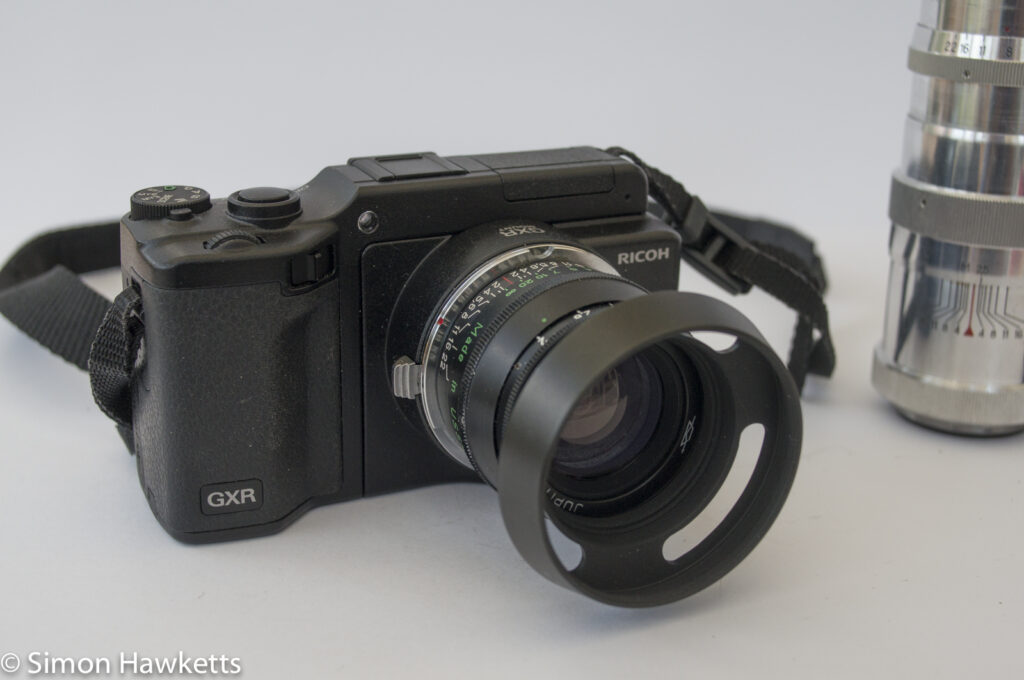
Ricoh GXR A12 mount description
This is different from the other units I’ve bought because it is a sensor only unit fitted with a Leica bayonet M mount.
That seems to go against the philosophy of the GXR which was to provide sensor and lens units matched together for best performance, but I think the temptation for Ricoh was to produce a good quality unit which would be an ideal digital camera for Leica lens owners (or other Leica rangefinder fit lenses made by manufacturers like Voigtlander) without having to pay for a digital Leica. Although the original price of the GXR was quite expensive, it was low compared to a Leica.
Unfortunately, I don’t own any Leica lenses, or Voigtlander for that matter, but I have a couple of Russian Jupiter lenses, the Jupiter 8 and the Jupiter 11, and I have an adapter to convert their M39 thread in to the M mount bayonet. I also have an M42 to Leica M which allows me to try some of my favourite M42 lenses on the unit.
The M Mount unit is a 12 M pixel APS-C sensor unit without an AA filter, which should result in slightly better resolution that the equivalent sensor with an Anti Aliasing filter. At the time it was originally made, the sensor was a good performer, and though it is now a few years old, it still has a fairly good performance, especially when the iso level is kept below about 800.
This is a fully manual focus unit, so the focus assist modes which the GXR has are particularly useful, as is the fact that you can configure the camera to let you turn that on and off with a convenient single button push.
Features of the Ricoh GXR A12 Mount unit
I’ve only had the unit a few days, but there are a few nice features which I’ve already found which I would really like to port to my Sony Nex 6.
Sensor Shutter
The first is the internal shutter over the sensor. This makes so much sense I just can’t understand why other mirrorless camera manufacturers haven’t done the same.
When the camera is turned off an internal shutter closes in front of the sensor to protect it from dust and dirt as you change lenses. Now I don’t suppose it will stop everything, but it just seems blindingly obvious to do this rather that leaving the sensor open to the world. I know I’ve had lots of dust issues with my Sony Nex and I’m sure that would be reduced with a similar arrangement. There is also an option to turn the camera off with the internal shutter open, so the sensor can be cleaned if necessary.
User Modes
The other really neat feature is the fact that you can set the my1, my2 & my3 modes on the camera mode dial to correspond to different lenses and store focal length and aperture information in that mode along with a lens name.
This means that when you change the lens, if you select the lens from the mode dial user settings, all the images you take with that lens will have the lens name, focal length and aperture settings stored in the pictures metadata.
Admittedly, the focal length will be the single value you enter into the setting, but it’s really helpful to use that information to find the images, as you would with a modern electronic lens.
Since this module is designed for use with manual lenses of a certain vintage, it’s also nice that you can store lens corrections for pincushion & barrel distortion and corner colour tints in the module for each of the lenses you fit to the camera. This data is entered and stored in the same my1, my2 & my3 modes described above so they are easy to select and change once set up.
First Ricoh GXR A12 samples
These are some examples I’ve taken over the course of the last few days. These have had my usual tweaks in Lightroom but haven’t needed a great deal of manipulation.
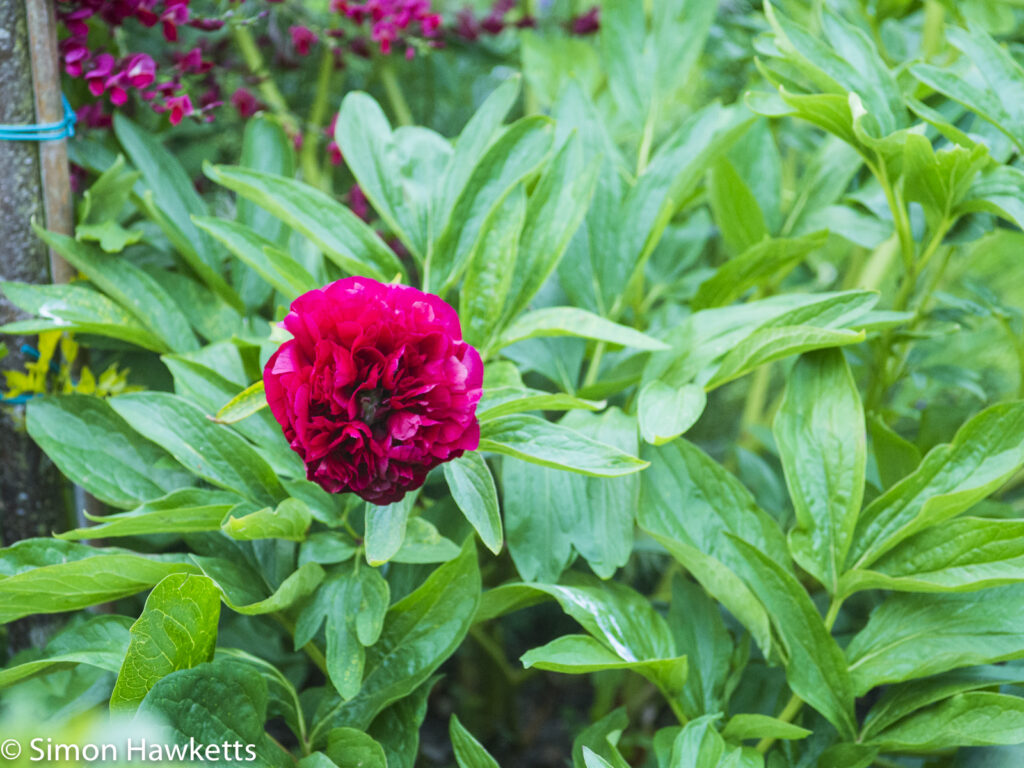
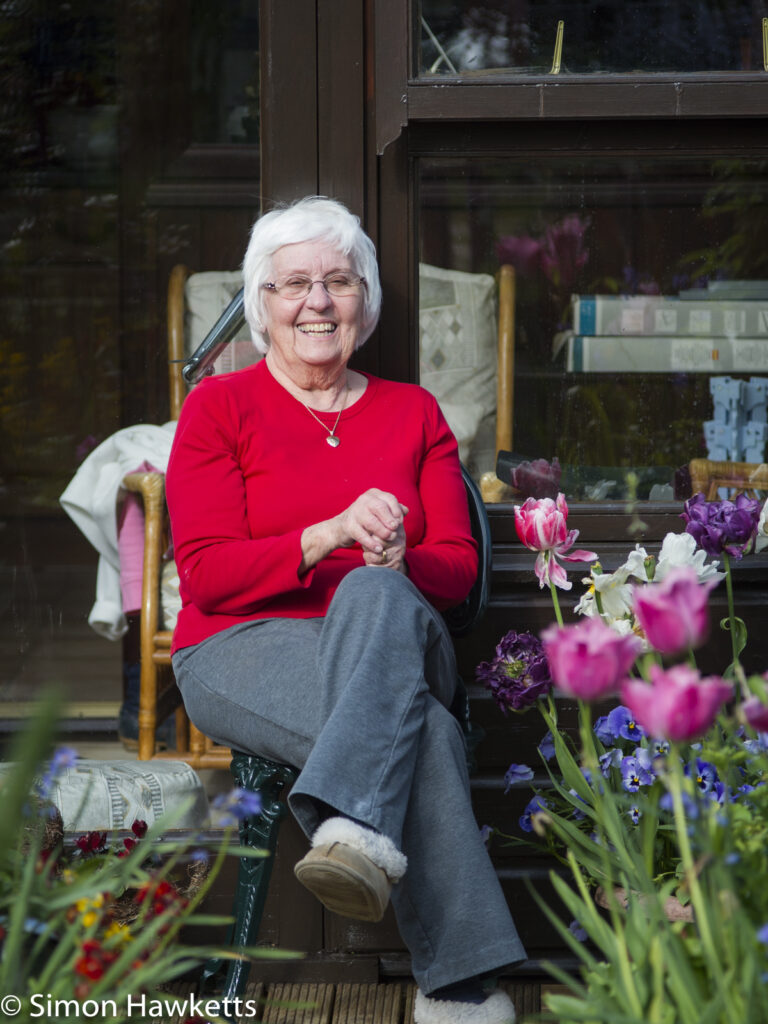
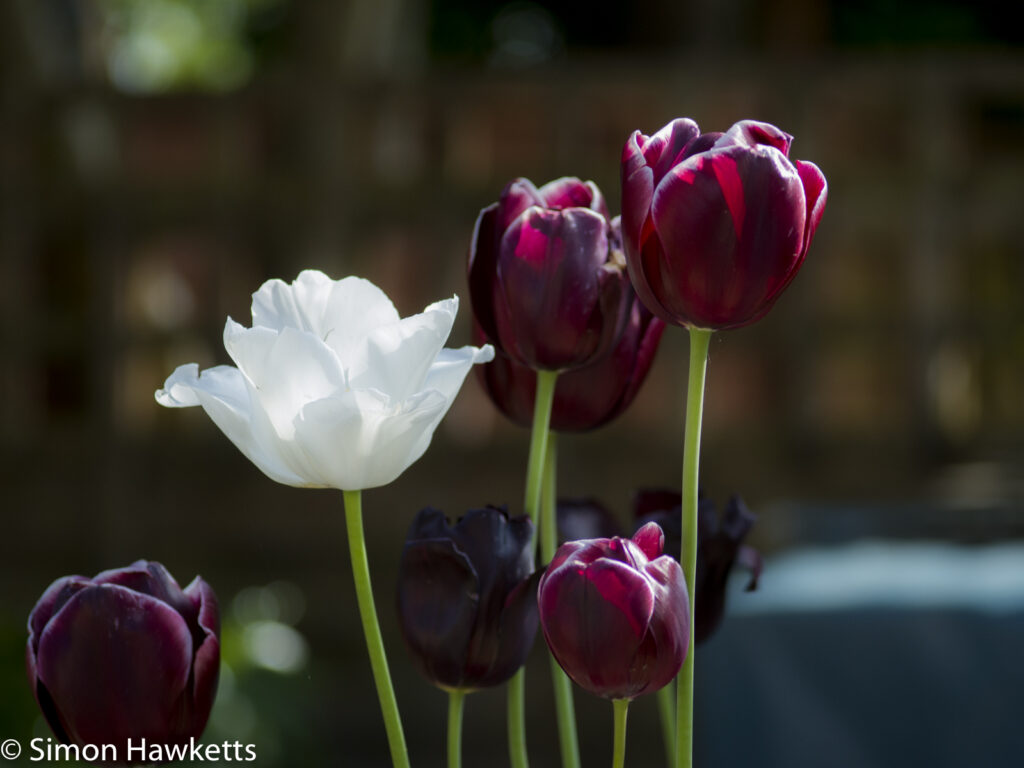

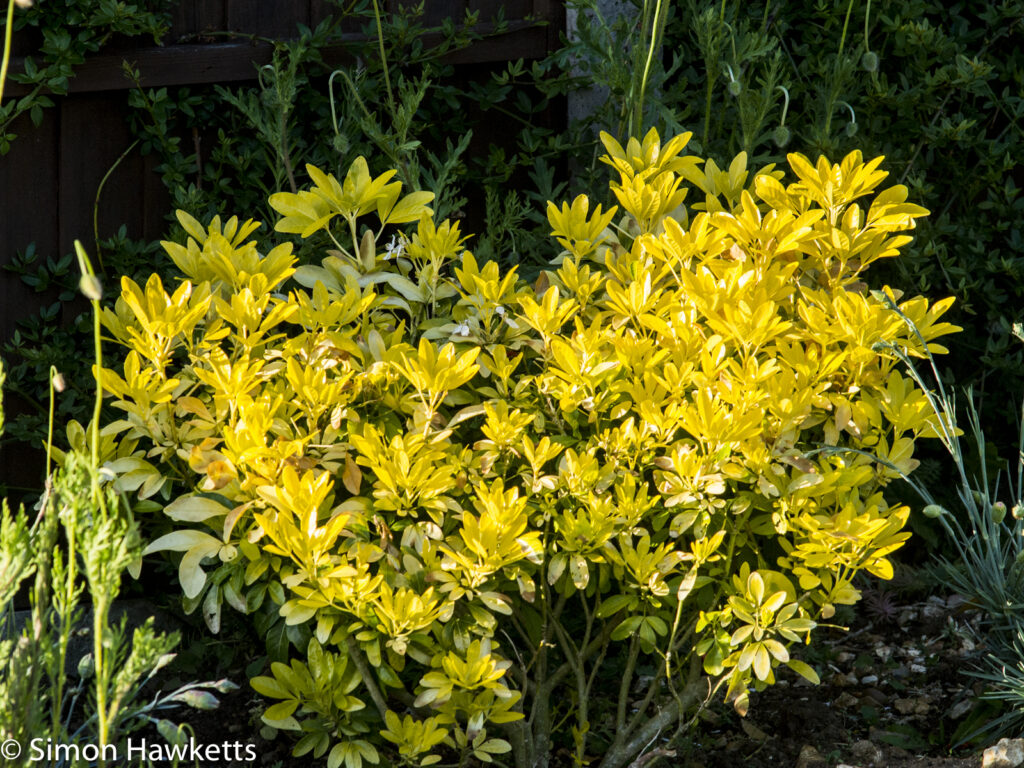
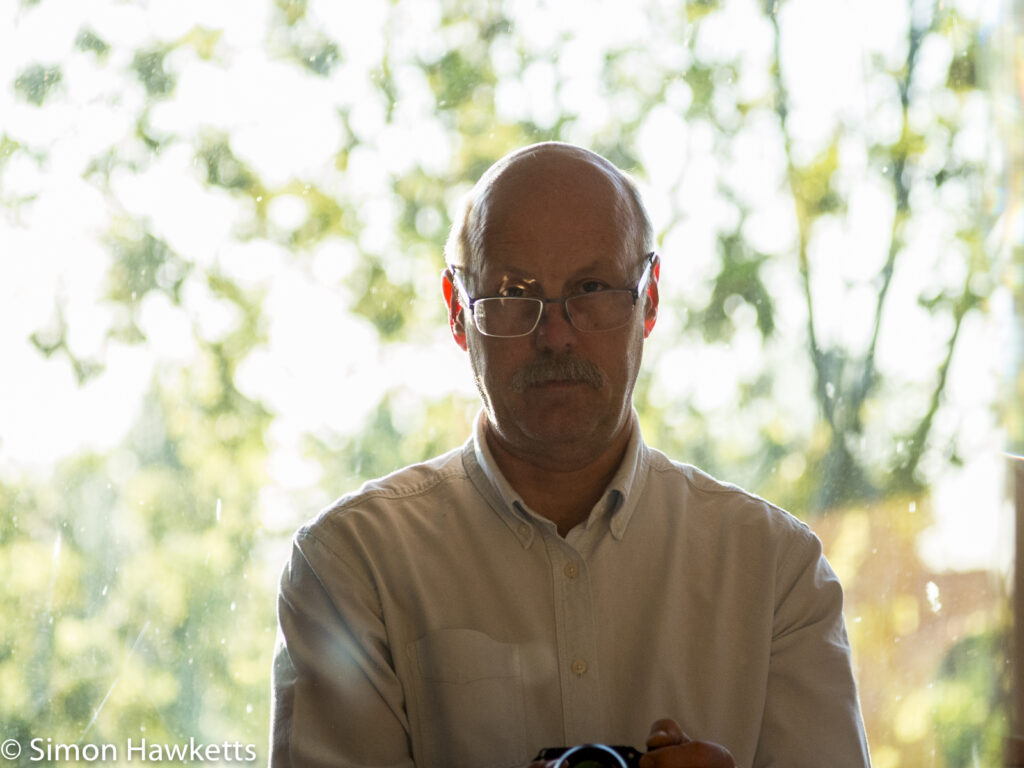
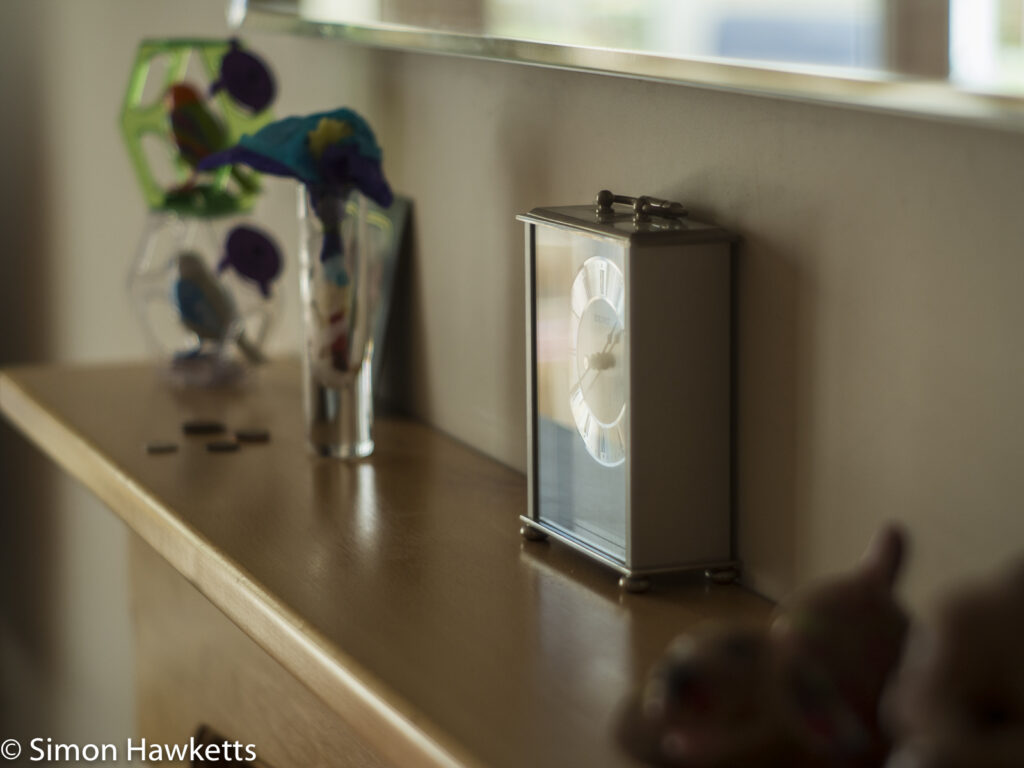
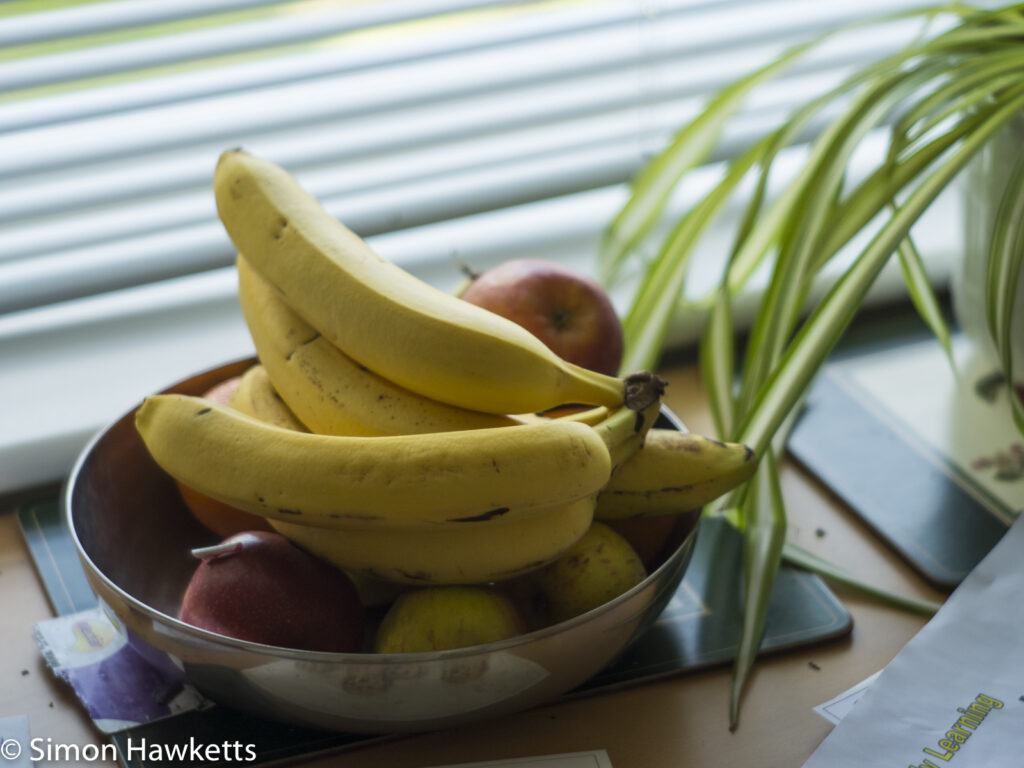
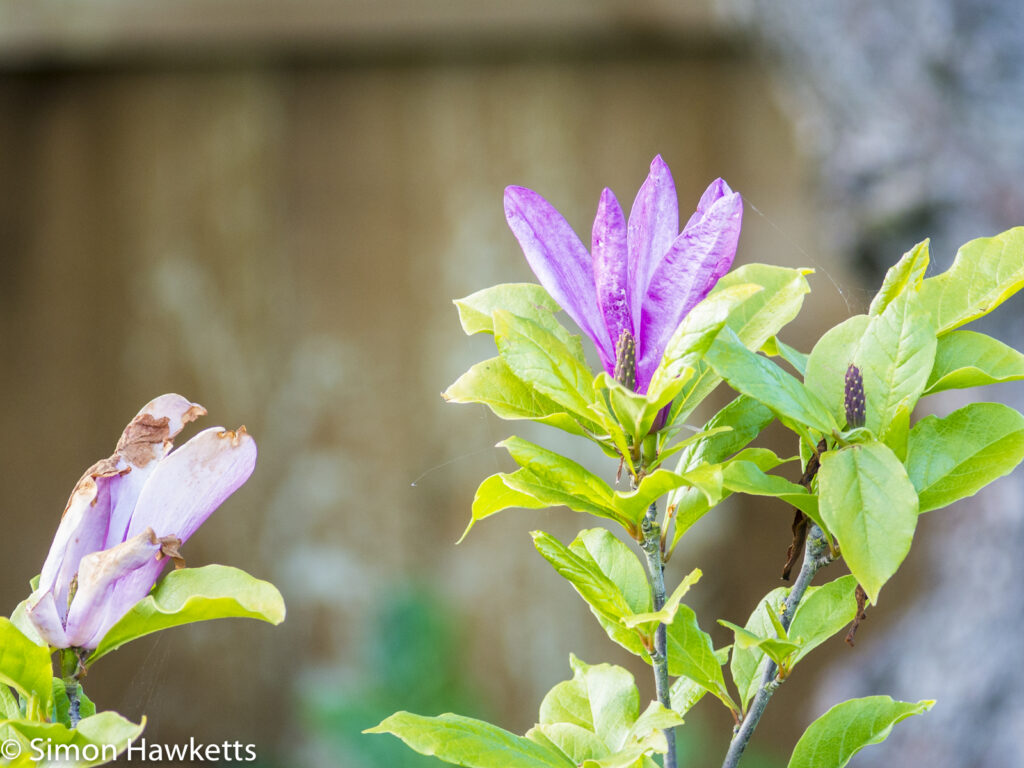
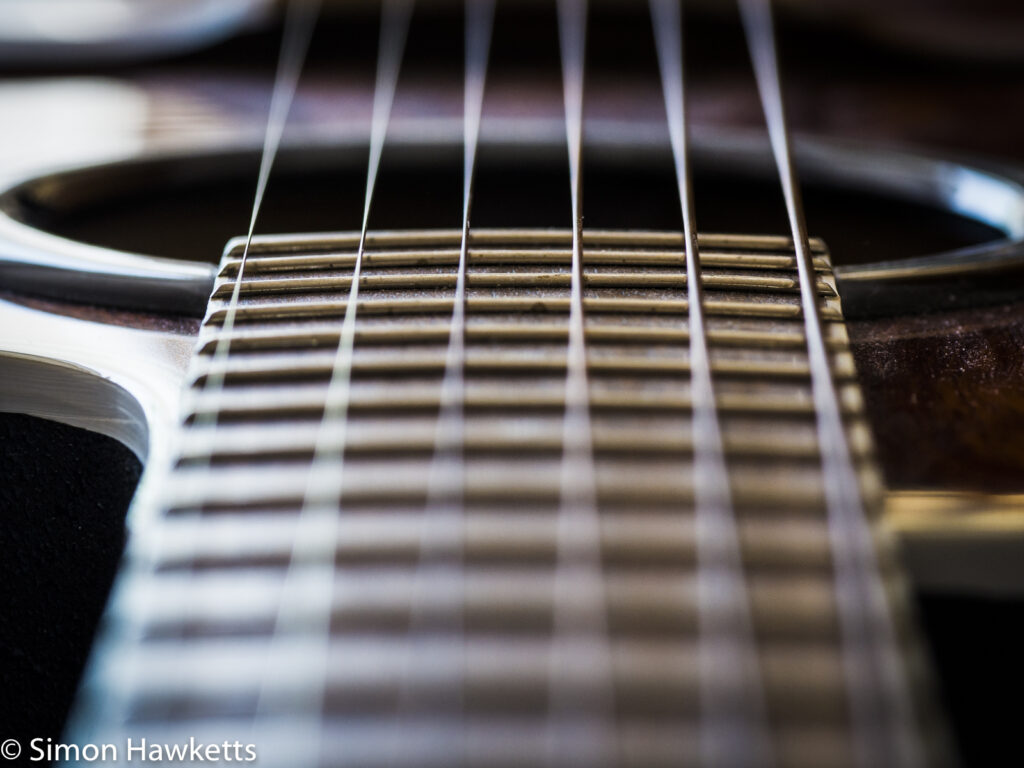
Overall I’m impressed with the quality of the unit although I would like to find a supplier who has the EVF in stock for a low price. I may publish some more examples once I get some better pictures with the camera.

